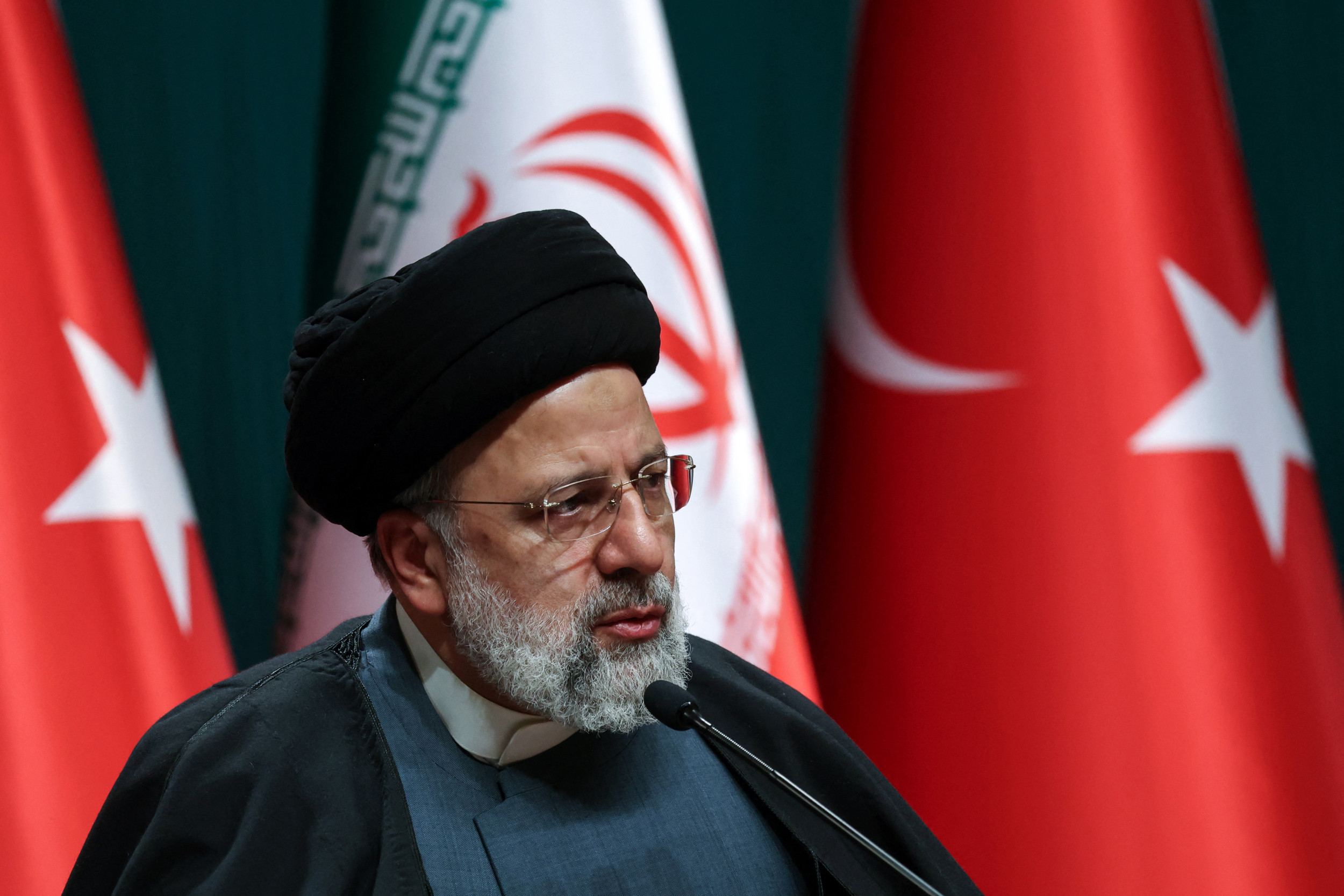A private intelligence service warned last September that a novel bombing technique used by Al Qaeda in Yemen to try to assassinate Saudi Arabia's counterterrorism chief represented an important "tactical innovation" that could "have a catastrophic result if employed on an aircraft."
The report by the Stratfor intelligence service, which was widely distributed and published on the service's Web site could raise questions about comments Sunday by John Brennan, President Obama's top counterterrorism adviser, that there were "no indications" that Al Qaeda might try to use the same underwear bombing technique it had attempted against the Saudi official on a civilian aircraft.
As NEWSWEEK reported this weekend, Brennan had been briefed at the White House last October by Prince Mohammed bin Nayef, Saudi Arabia's counterterrorism czar about how an operative from Al Qaeda in the Arabian Peninsula (AQAP), the name of Osama bin Laden's network in Yemen, had tried to assassinate the Saudi official last August by detonating a PETN bomb that had been disguised on his body.
Initially, the Saudis─and U.S. intelligence officials─believed the Al Qaeda operative had been able to bypass security and get close to Nayef by concealing the bomb in his anal cavity. (The operative stumbled as he approached Nayef and ended up blowing himself up.)
But by the time Nayef briefed Brennan on the attack in October, the Saudis believed that the PETN bomb had more likely been sewn into the operative's underwear─precisely the same method that U.S. officials now say that Umar Farouk Abdulmutallab used in his botched attempt to blow up the Northwest Airlines flight on Christmas Day.
Asked by NBC Meet the Press host David Gregory about the NEWSWEEK report and what he himself knew prior to the incident, Brennan said that he had flown to Saudi Arabia and met with Prince Nayef after the attack against him. Referring to information about the attack provided by the Saudis, Brennan said "we disseminated that information broadly."
"There was no indication, though, that Al Qaeda was trying to use that type of attack and that modus operandi against aircraft," he stated. "We're very concerned about it from an assassination standpoint."
A White House official said Monday that Brennan was speaking only about a lack of "specific intelligence" that the Al Qaeda group in Yemen was plotting such an aircraft attack. But the possibility that Al Qaeda might try to conduct such an attack against an airliner was immediately highlighted by Stratfor in a report published Sept. 2, just days after the assassination attempt against Nayef. (Based in Austin, Texas, Stratfor is a widely known private intel service that provides its analysis to private companies and government agencies.)
In the report titled "AQAP [Al Qaeda in the Arabian Peninsula] Paradigm Shifts and Lessons Learned," Stratfor wrote that the assassination attempt with a bomb concealed on the body has "far-reaching implications."
"Sometimes, militants will implement a new tactic or series of tactics that is so revolutionary that it completely changes the framework of assumptions─or the paradigm─under which the security forces operate," Statfor analysis Scott Stewart wrote.
The "most interesting" tactical shift, he wrote, was Al Qaeda's use of an IED (improvised explosive device) hidden on the body. (At the time, Stewart─like Saudi and U.S. intelligence officials─still believed the bomb had been disguised in the anal cavity rather than sewn into the underwear.)
"One other concern about such a device is that it would likely have a catastrophic result if employed on an aircraft, especially if it were removed from the bomber's body and placed in a strategic location on board the aircraft," the report stated.
To be sure, the Stratfor report did not precisely forecast how Abdulmutallab tried to blow up the Northwest flight. Abdulmutallab didn't try to place his bomb in a strategic location on the aircraft. He tried to blow himself up─though he did manage to get a seat by the plane's fuel tank.
Still, as former secretary of homeland security Michael Chertoff pointed out on the same Meet the Press program as Brennan, he had been trying to warn about the idea that terrorist bombers might try to disguise bombs in their body or underneath their clothes since 2005, and that is one reason he has been pushing for greater use of body scanners at airports.
"We've known about this problem for years," said Chertoff (who acknowledges he now represents a private company that makes body scanners). "In 2005 I testified about this before Congress. I said, 'We have got to deploy these kinds of capabilities, otherwise people are gong to smuggle in explosives or weapons hidden on parts of their body.' I have been through the machine myself; I have looked at the image. I think we have taken steps in the deployments that we have undertaken to protect privacy. At the end of the day, no one has come up with a better solution."
Uncommon Knowledge
Newsweek is committed to challenging conventional wisdom and finding connections in the search for common ground.
Newsweek is committed to challenging conventional wisdom and finding connections in the search for common ground.





